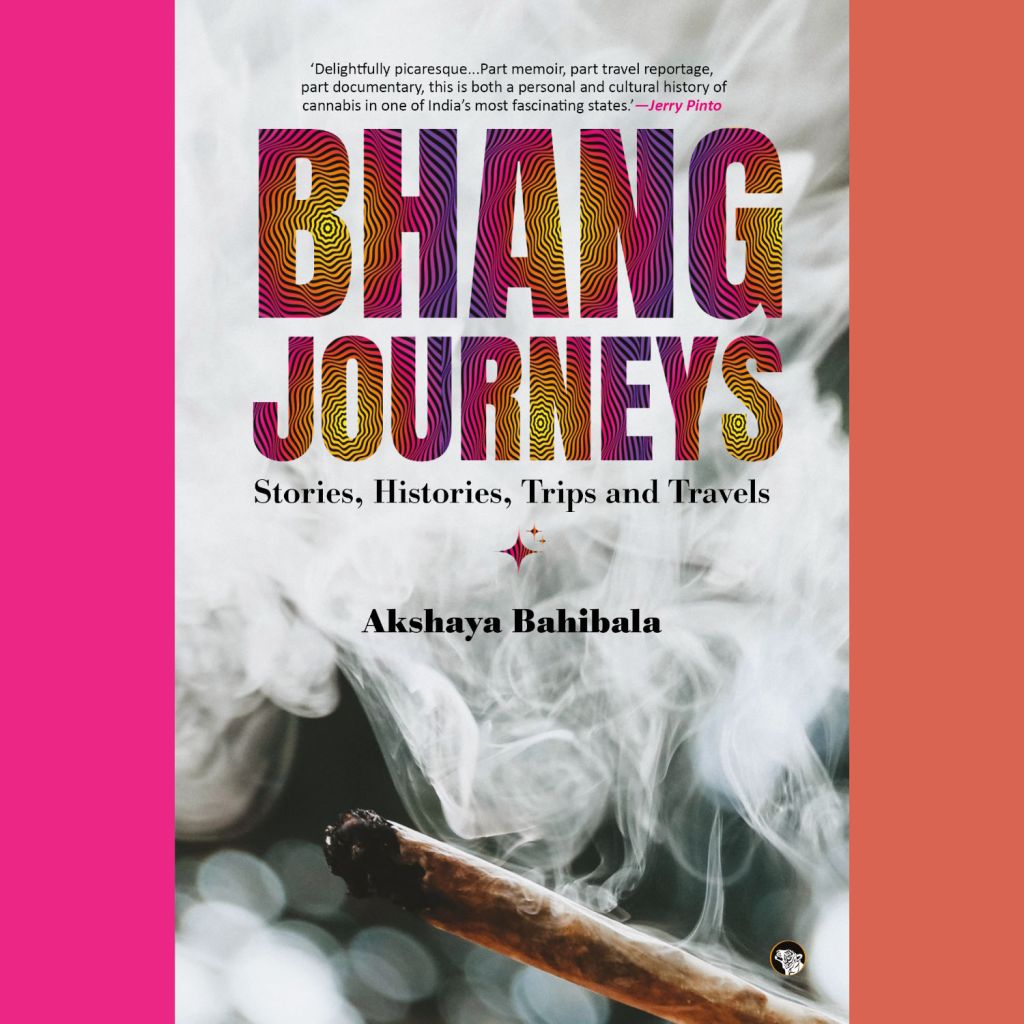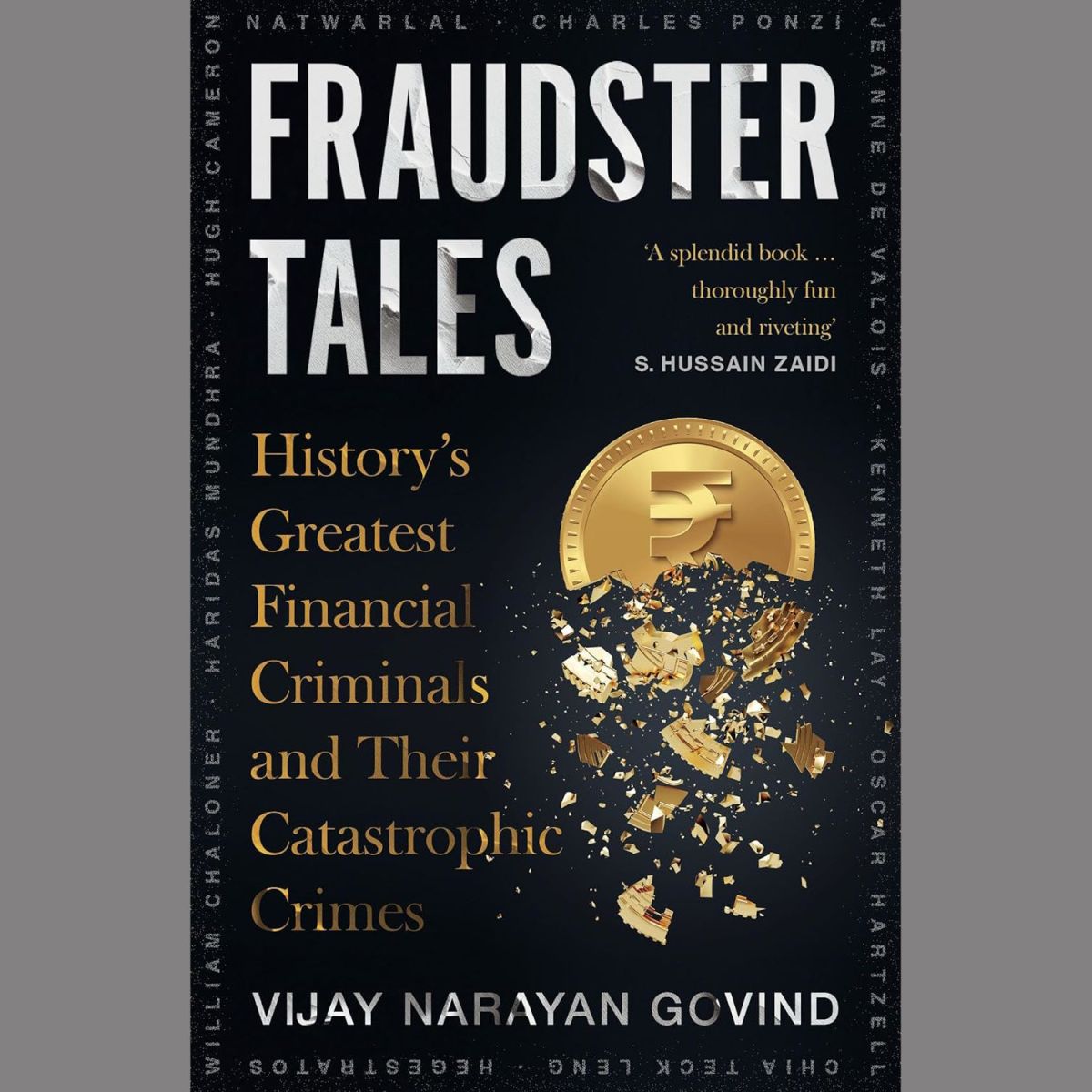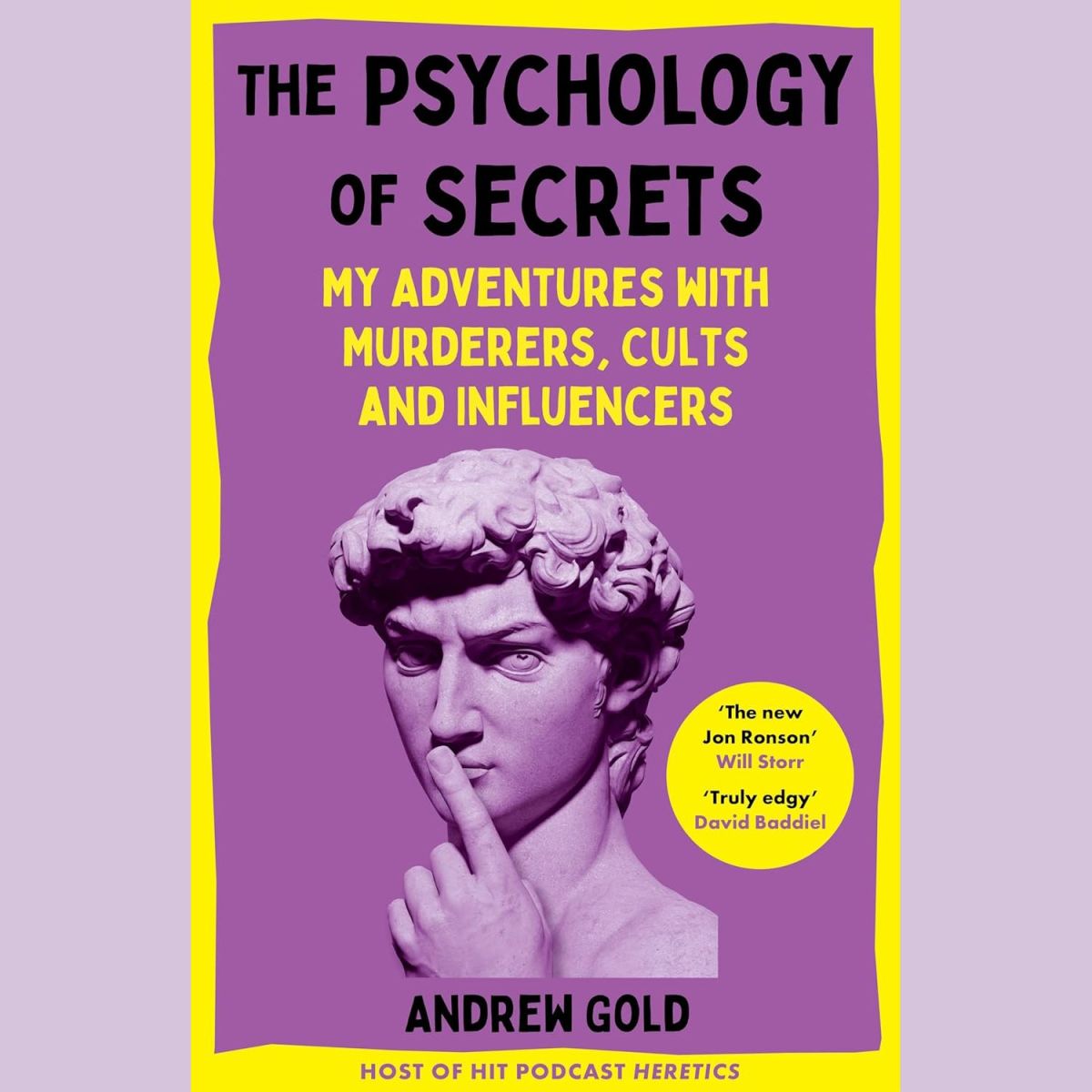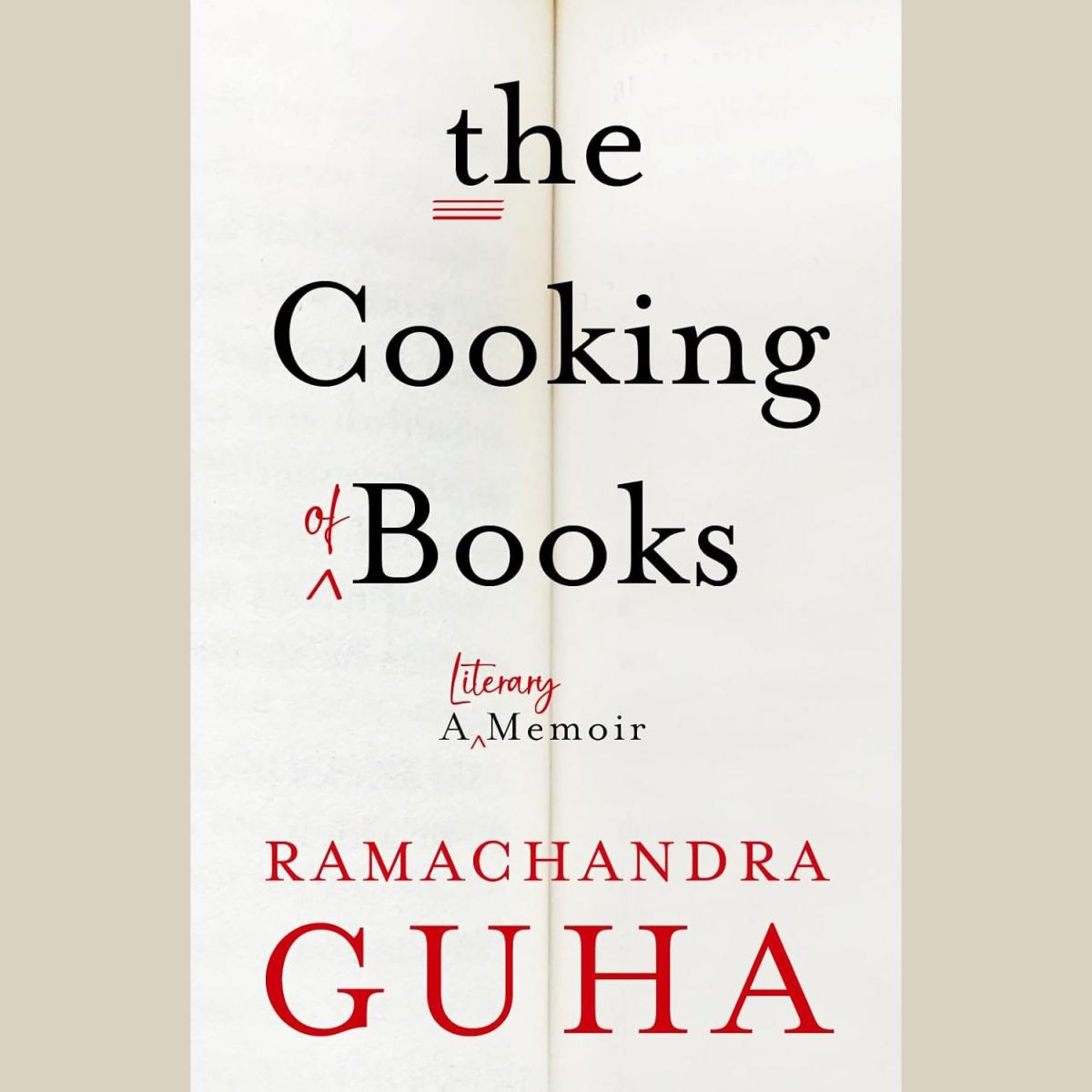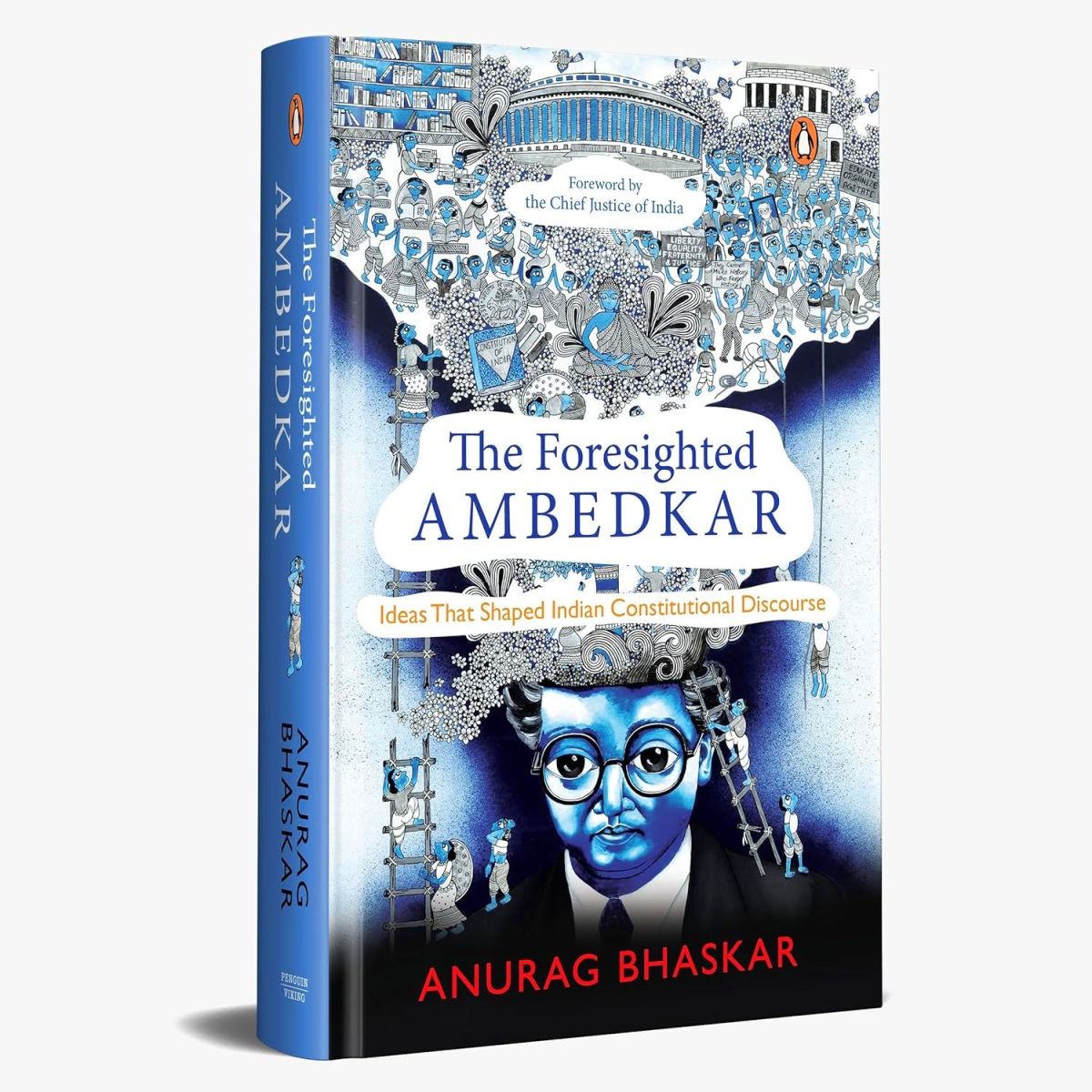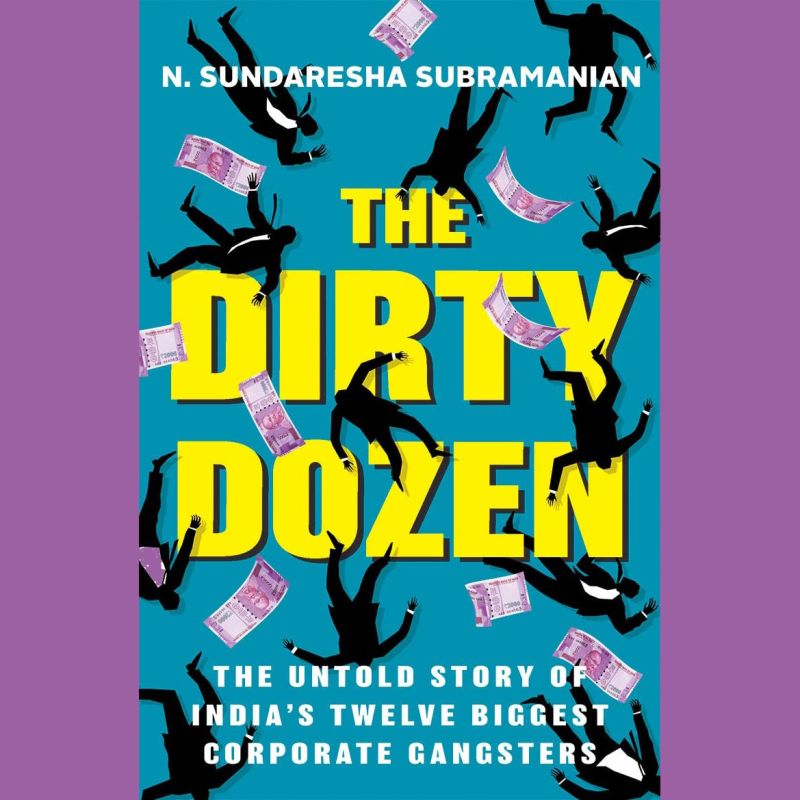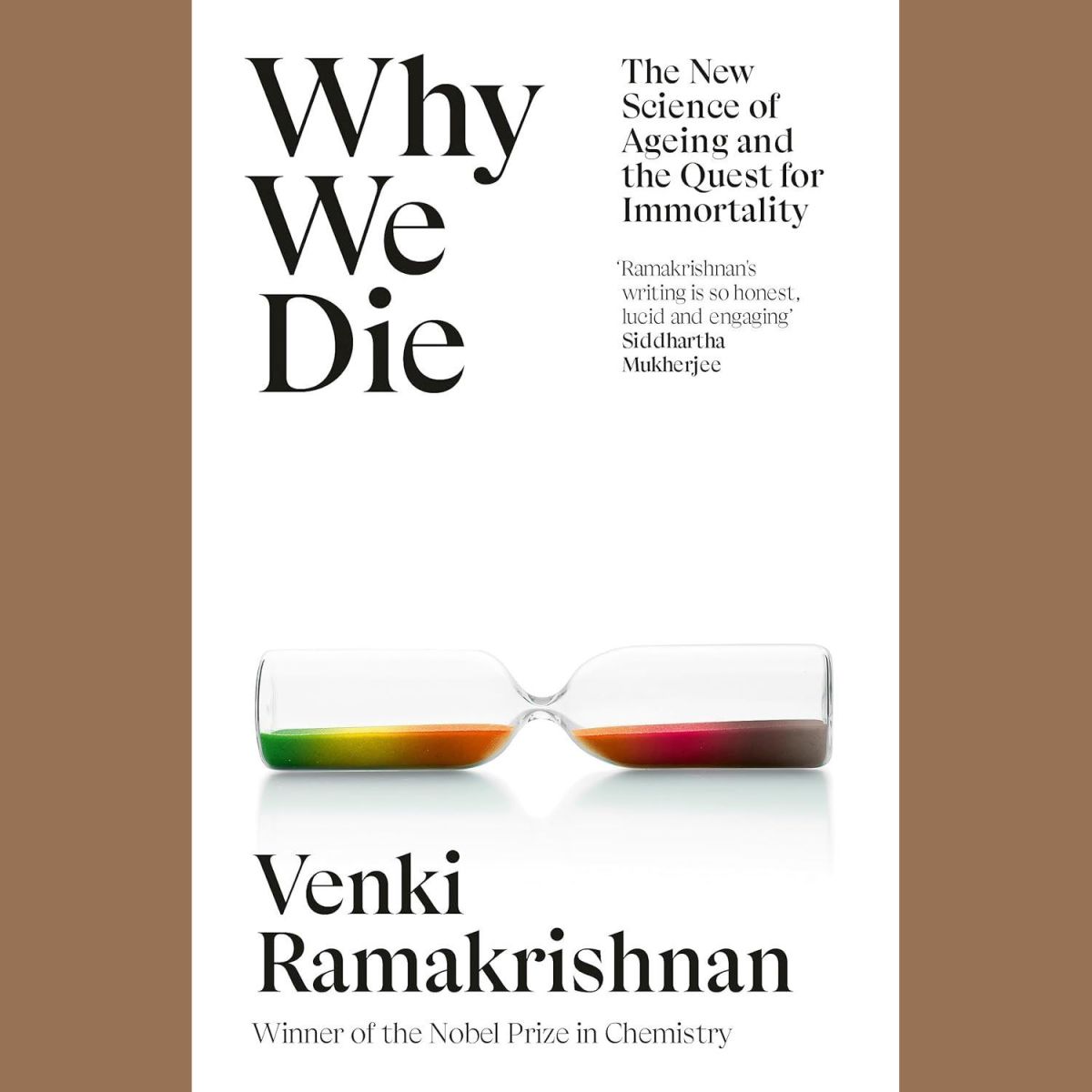Made with the leaves of the cannabis plant, bhang has been consumed in India for thousands of years. Mixed with thandai or lassi, bhang – which is mildly psychoactive and which can produce feelings of euphoria – is often consumed during the festival of Holi, although true connoisseurs will give it a go at any time of the year. Now, you’d probably expect to find bhang afficionados lounging in the mountains of Himachal or chilling out on the beaches of Goa, not sitting down to write a book about their adventures with psychoactive substances. But that’s exactly what Akshaya Bahibala has done with Bhang Journeys: Stories, Histories, Trips and Travel. A poet, bookseller, publisher and co-founder of Walking BookFairs, Bahibala – who is based in Bhubaneswar – spent ten years of his life tripping on bhang and ganja, and has now written a very interesting account of his experiences in Bhang Journeys.
‘From 1998 to 2008, Bahibala was in the grip of bhang, of ganja—drinking it, smoking it, experiencing the highs and lows of an addict on Puri’s beaches with hippies, backpackers and drop-outs from France and Japan, Italy and Norway. Then he drew back from the edge and tried to make a life, working as a waiter, a salesman, a bookseller. He starts this journal-cum-travel book with startling, fragmented memories of his lost decade. From these, he moves to stories about people across Odisha whose lives revolve around ganja–bhang-opium,’ says the publisher’s note. ‘Full of surprises, utterly distinctive, this entertaining, often trippy book of memories, journeys, facts and figures about the popular intoxicant is both a celebration and a warning,’ it adds.
Bahibala starts the book with his memories of tripping on bhang and ganja on the beaches of Puri. ‘You wake up. You roll a joint. You smoke it. You go to the beach. You drink some beer or swig Old Monk rum and hang out at the beach,’ he says. He also hangs out with a fair number of foreigners – white men and women who seem to come to Puri to get stoned. And for a side of some free love, which also seems to be available in abundance. You’re almost reminded of the hippies and the Goa of the 1960s-70s. But this is Beach Road, Puri, which the author says was frequented by ‘the last of the hippies and the early backpackers’ at that time [referring to the late-1990s]. ‘The hippies were my inspiration. They gave me the strength to quit my graduation halfway and take off on my own; to do what I wanted to do in life; to be free,’ the author says, adding that the beach was his university. And one of the great institutions in this ‘university,’ he tells us, was the government Bhang shop, a place much loved by ‘the tourists, the touts, the louts, the hangabouts.’ The author hangs out with foreign tourists – the Japanese, the Germans, the French, the Italians and the Israelis – bumming meals, borrowing money, sharing bhang biscuits, getting into an occasional brawl and listening to Bob Marley croon no woman, no cry while stoned out of his mind. Yeah, well, it sure beats sitting in an office cubicle working on presentations in PowerPoint.
The author also writes about the process of making bhang, the fact that it’s fully legal in India (while charas and ganja are not, as per the country’s 1985 Narcotic Drugs and Psychotropic Substances Act), and even shares recipes for preparing bhang sharbat and bhang laddoos. There is a subtly funny account of a Brahmin bhang shop owner who provides some revealing insights into the business of procuring and selling bhang – most of the good stuff comes from UP, apparently, and freelance drug peddlers get a slice of the action since their ‘stuff’ is cheaper and of better quality as compared to what one gets at the government depot! Of course, the bhang shop owner believes that only bhang should be legal, while alcohol and drugs should all be banned. It’s a view that the ‘bhang doctors,’ whom the author also writes about, would probably be happy to condone since they believe bhang has medicinal properties, that it can cure various ailments and that it even makes sex better by helping the man last longer in bed. One political leader in Odisha, the author tells us, advocates the use of bhang for clearing the bowels; taking a glass of lassi with some bhang, bel, ripe banana and cottage cheese is supposed to work wonders, though we’d advise you to exercise a healthy dose of caution before trying this at home.
On a different note, Bahibala also writes about opium (afeem in local parlance) cutters and government-operated facilities where opium is produced, and about opium addicts, for whom the same government runs a deaddiction program. The book is peppered with interesting characters, one of whom is a goldsmith – one who is a regular user of opium – who provides a long list of opium’s health benefits. In pain? Suffering from poor eyesight? Need to keep calm in difficult situations? Want to add many years to your life. According to our friend, the goldsmith, opium should be the drug of your choice.
The book ends on a rather sombre note, with the author writing about the current scene in Puri and how things have changed in the last twenty years – no more foreign tourists on Beach Road, the police have started objecting to people smoking weed on the streets, there are hotels and restaurants everywhere and owners are eager to expand and build some more. As for those whom the author used to know when he was young, some have moved away to other countries while some are still around. ‘Some are still on the road, standing and smoking, looking for action. Always looking for action. Life is passing them by,’ says Bahibala. The government bhang shop is still there though the vibe isn’t what it used to be, he says. ‘It’s easy to get back to Puri, the Puri I lost ten years of my life in, but also the Puri where I was sometimes happy, sometimes wasted,’ he adds. ‘You smoke up and the door opens. Now you can walk in, you can just stay stoned, or you can turn and walk away.’
The book provides a 360-degree view of the bhang / charas / ganja scene in India; producing the stuff, selling it, buying it and consuming it in the company of friends. And it comes from someone who has been there, done that and learned from it too. It’s an engaging read. One that’s trippy, free-flowing and not held back by any concerns for being politically correct. Even those who’ve never ventured anywhere near a glass of chilled bhang-thandai will enjoy this one.
Bhang Journeys: Stories, Histories, Trips and Travels
Author: Akshaya Bahibala
Publisher: Speaking Tiger
Format: Paperback
Number of pages: 176
Price: Rs 245
Available on Amazon
Book Review: Bhang Journeys – Stories, Histories, Trips and Travels
